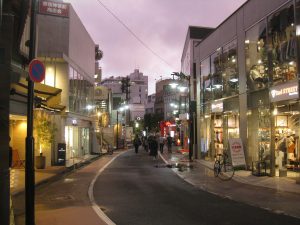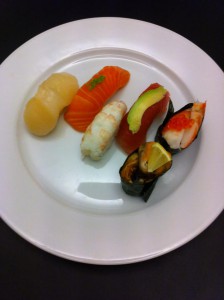Not all types of soy sauce are suitable for sushi.
In Japan, soy sauce is considered a spice. It is a way to taste the food. In Japan, there are as many soy sauces as there is cheese in a European supermarket.
In Denmark there are several different kinds of sushi. Some sushi restaurants are Nordic-inspired and others go other ways, making their very own interpretation of what good sushi is.
In Japan, soy sauce that is matched to the food is used, a soy sauce that is not too salty. Japanese sushi is fine and delicate eating, where it is important to use a soy sauce that is not too strong.
Danish sushi restaurants use different soy sauce since restaurants have their very own menu.
In the Sushi course for beginners, you will learn which soy sauce is best suited for all types of sushi.
_
Zoë has lectured and held sushi courses for A. P. Moller – Maersk, Hugo Boss Nordic, Novo Nordisk, Novartis, Velux, Gorrissen Federspiel, Beierholm revision, Elbek & Vejrup and many more.












